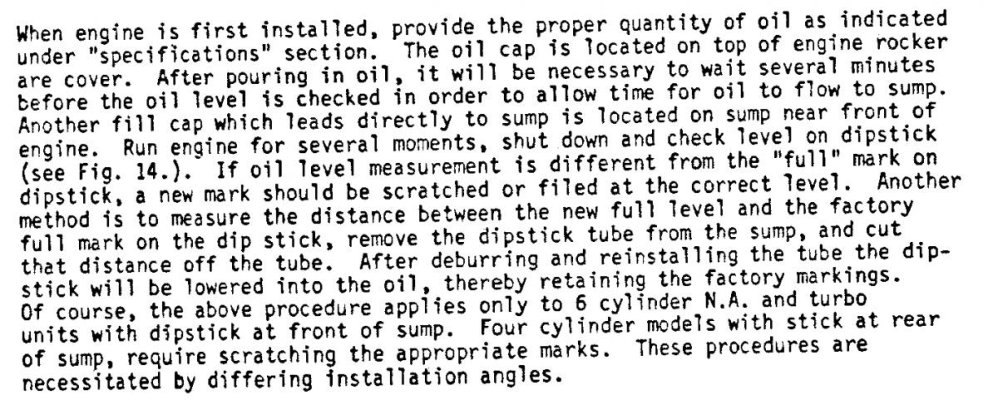meridian
Guru
When I purchased my Albin with a 120 Lehman, the PO said it burned about a quart of oil every 8 to 10 hrs. This is on an engine with 5,000 hrs. Looking through all the old logs back to the original owner, they all said to add 13 qts at an oil change, which brought the level to the FULL mark. Bob Smith has always said to add 12 qts, then re-mark the dip stick to adjust for the slant of the engine. My full mark is at the MINIMUM level line. After 30 hours, I have no oil loss.


